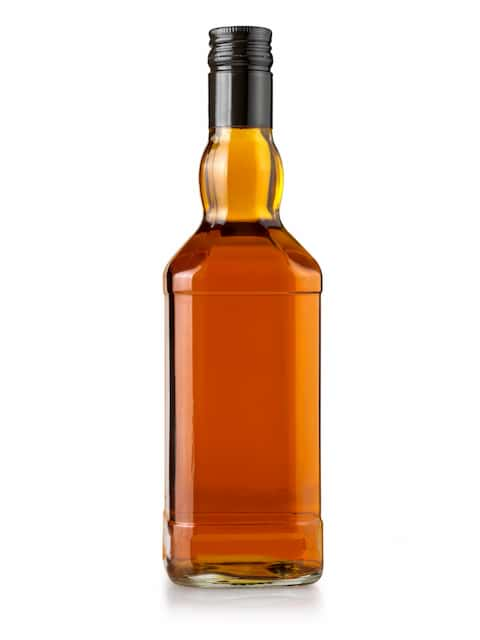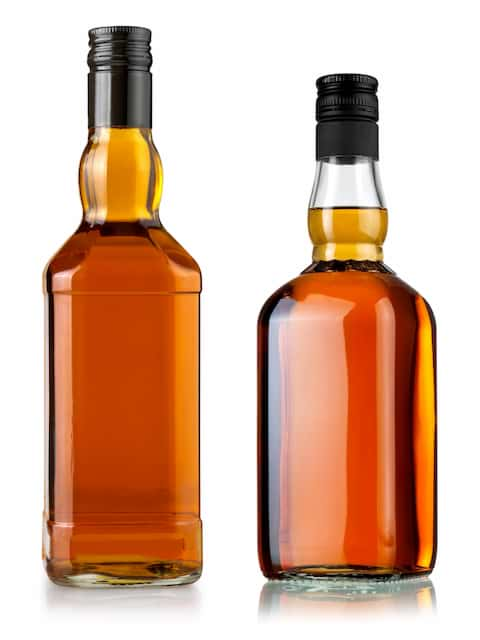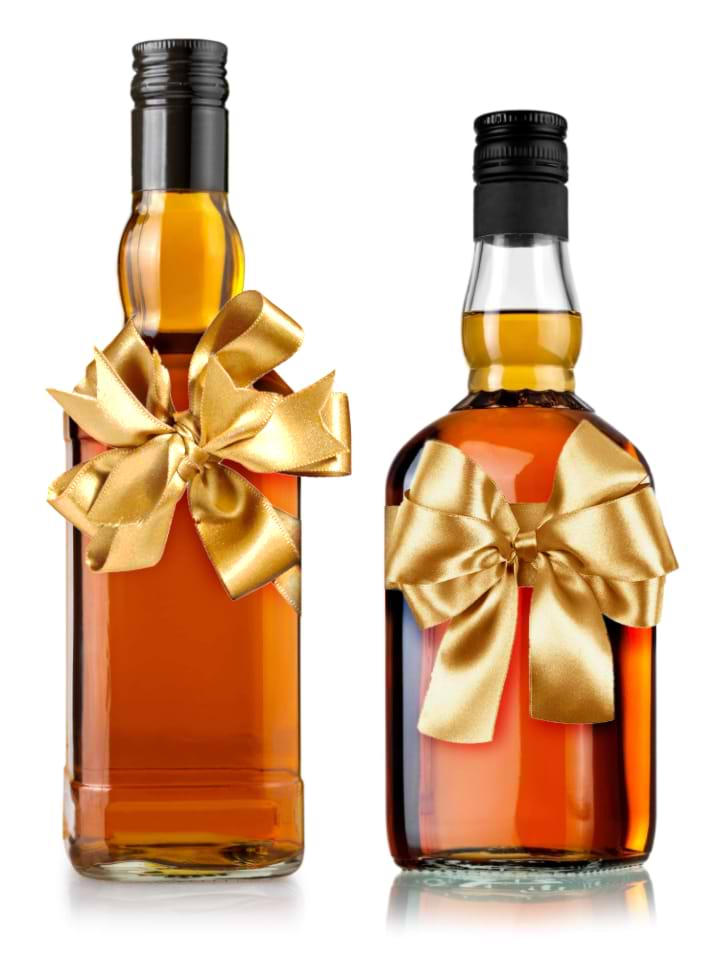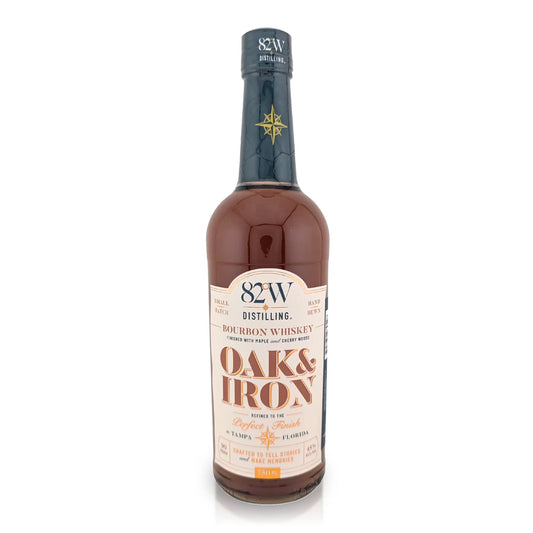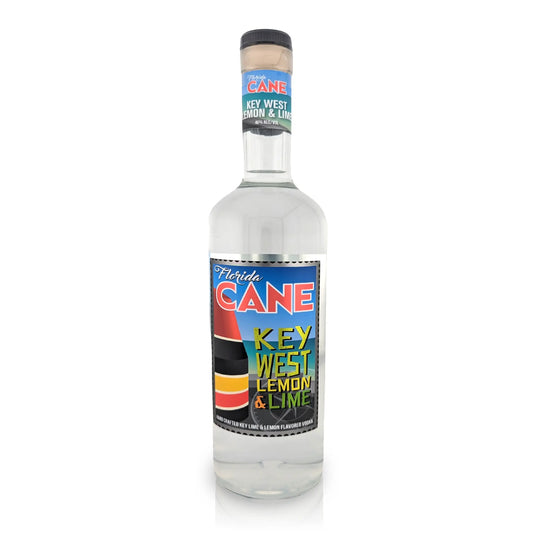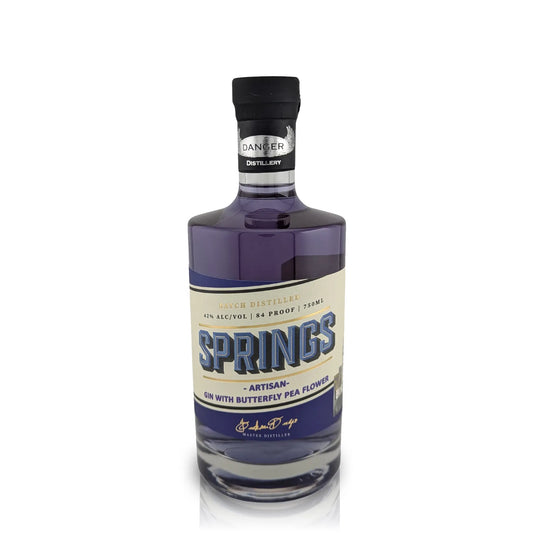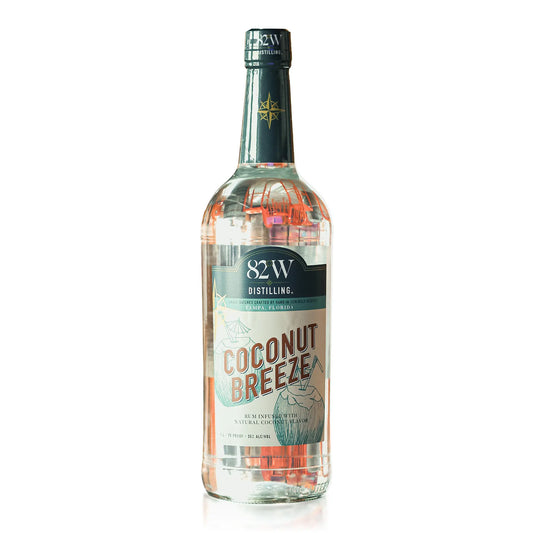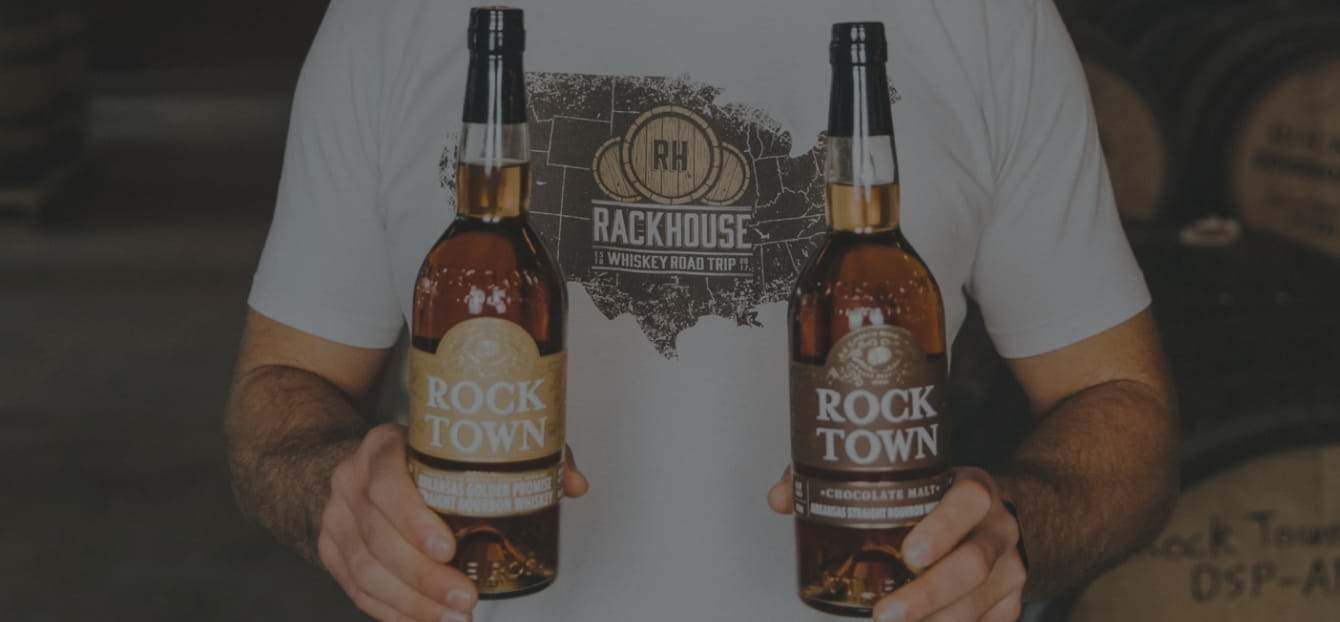
Steve Nally is a legend in the bourbon world. His experience spans over 40 years in the industry. As Master Distiller for Maker’s Mark and Wyoming Whiskey, Steve has etched his name in history as one of the greatest Master Distillers ever to have lived. Inducted into the Bourbon Hall of Fame in 2007, Steve was asked to take on the role of Master Distiller for Bardstown Bourbon Co. in 2016. We caught up with Steve and learned how he got started with Maker’s Mark and the journey that led him back to Kentucky at Bardstown Bourbon Co.
Q: Tell us about when you started at Maker’s Mark, you were right out of high school, correct?
Steve: I started there in 1972 after I graduated high school in 1968, I thought I wanted to go into a different profession, which was farming, but found out a few years later that that wasn’t a good choice. I was born and raised right next to the Maker’s Mark property so I went down there merely looking for a job. In May of that year they hired me. I went in with the job of growing yeast, that was one of the first jobs I had there. During the next 17 years, I worked every job at the distillery from janitor to night watchman to warehouse supervisor to bottling assistant supervisor to a mechanic. Any job that was there I actually performed it while I was there. In 1988, they asked me to become master distiller and that was to oversee all of the production and processes of the facility. Stayed there until 2003 when I was semi-retired. It was a great venture at Maker’s Mark, my time was spent learning the precision of developing and making a recipe.
In 2007, I went to Wyoming Whiskey and started that project. There were three guys who wanted to build a distillery in Jackson, Wyoming, and they wanted me to come out and help build the building, lead the development of the product, get the product distilled and get it on the market. And so, I oversaw that product.
In 2013, Peter Loughlin approached me, he wanted to build a distillery somewhere in Kentucky. I came on board with them in late 2013, early 2014. Bought these 100 acres and started the building process. Built the building to eventually grow 6-7 million brew gallons. We started out at one point with 5 million gallons and during the building process, we got approached from other producers who couldn’t find the right distilling product or who didn’t have the right capability for distilling and that’s kind of when we started developing the customized process which was going from doing custom production, not just contract production, but custom production. And that takes it from making a product and you as the customer just getting what you get, to you putting your input in for exactly what you want. And you can actually come down and work alongside one of my operators to produce that product.
Sign up to RackHouse Whiskey Club to try Bardstown Bourbon
So by the time we started production in 2016 in September, we had sold 90% of our capabilities at that time. We kept 10-15 percent of our capabilities for producing our own brands. That demand kept growing so in June 2017, we doubled and went to 3 million proof gallons and again, that was driven by the custom production that we had demand for. It didn’t even stop there. The next June, we doubled again: we went to 6.5-7 million proof gallons. We now have 24 customers with over 40 recipes we do on a quarterly basis. We’ve tried a broad spectrum. We just try a little bit of everything in the whiskey and bourbon category.
Q: Right now we’re in a whiskey boom in the industry, when does it get to a point where you’re producing a lot and you’ve built this real estate to produce and there’s almost a fallout where customers don’t want it anymore?
Steve: I don’t think anyone really knows right now. If we had known as an industry 10 years ago what was coming, we would have produced twice as much. Nobody really knows. The forecasts and outlooks on the horizon show we haven’t yet reached our full potential. Both in production and demand. Foreign countries coming into things, the demand ...you know if they come on board we’ll need twice as much as we have now. It’s anyone’s guess, really. If the bottom does fall out of it, all i can say is we have a lot of happy Kentuckians. Right now we have 1.5 barrels aging for every one Kentucky resident. Every man, woman and child has one barrel aging.
Check out the RackHouse Whiskey Club Podcast
Q: Did your parents have a background in alcohol production, or were you the first distiller in the family?
Steve: I’m the first generation of distillers that came out of my family. It was coincidental when I went down to Maker’s Mark looking for a job, I had no idea it would turn into the profession that it has.
Q: And the fact that you stuck with it doing all of the jobs that were maybe less than fun. Is there another profession you’d be doing if you didn’t go into distilling? What did you see yourself becoming?
Steve: I thought I wanted to go into farming. I don’t really know any other occupation that seems as exciting to me. Distilling is an interesting industry to go into, even when I was young and didn’t understand all of the reasoning behind why you do certain things, the formalities or processes, each job was still exciting to do. I didn’t change jobs because I didn’t like what I was doing, it was because I found it exciting to find out what was going on on the other side of the fence. I liked seeing what the warehouse was doing or the janitor, just to see what it took to keep everything going together. I think the formality of it was really the thing that kept me interested.
Q: And going through the distillery, there’s so much innovation here so you keep innovating beyond what you have done before which has to be enjoyable.
Steve: A lot of the initial process is still the same. You’re grinding grains, converting starches into sugar, you’re still fermenting, you’re still distilling. That part of it is still the same. When it comes to the custom production, if we didn’t have the modern ways of keeping records, tracking fermentations, tracking distillations, we could not survive 40+ mash bills (sp?). To have that history, if something isn’t quite right I can look back on it and see what we did. That precision is what allows us to keep the mass production going. The next closest distillery that I know of does five or six recipes so it’s totally different here. The customers we deal with, some of them are so big and precise, they teach us new things about a new process or doing things differently. And then others come in and know virtually nothing about it so we work with them to get them to a point they want to be at. Every one of these we are developing a product for their profile, we’re trying to replicate what they already have on the market. That part of it is really challenging for us. It gives us the chance to really work with and try to perfect and get precise on exactly what they want.
Q: Would you say the challenging part is refining your tools and equipment?
Steve: To some extent, yes, we could take the same recipe and change the condenser temperature and that would change the taste of the product, for example. Or the yeast changes parts of the process and flavor profile. So many things to change to make it different for each person. It’s the same recipe but you end up with a different product out of it.
Q: What are some goals and milestones you’d still like to reach?
Steve: I think maybe to have my own products come out. Just keep having fun and enjoying what I’m doing. Things change whether I want them to or not. And to just go with it. We do experimentations here all the time. That’s the good thing here, we are allowed to experiment. We did a 35% yeast recipe and the owners didn’t even know about it until we were done.
Q: What’s some advice you would give to small craft distillers who are just starting out in this industry?
Steve: Develop your business plan very precisely for at least 5 years out, preferably 8-10 years out. Make sure you’re covered for capital for one, I see a lot of people get in trouble by year 4, 5 or six when they realize that they’re out of capital. To try and overcome that they release product early or try and hasten the maturation process. Go into it thinking I have to wait a while, you can’t put it out tomorrow. To do a good quality bourbon, I haven’t seen one where they hastened the maturation of it.
Q: How many products do you think a brand needs to focus on, just one?
Steve: I think it’s good to have one or two as a base product but if you want to experiment with finishes or something like that, go for it. But do it right. Don’t go into it with a whole network of products, start with a primary. If you have small facility that can’t produce a lot of juice anyway and you’re trying to divide that up into 5 or 6 products, you’re going to run short on everything. And then that comes right back down to your capital. If you start out smaller, you’ve got to figure a little higher cost for production. That’s where you come back to your business plan.


